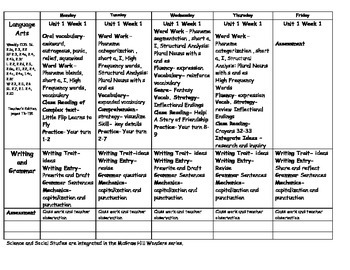

8 session, participants will continue to share best practices for teaching foundational early literacy skills as they learn more about the body of evidence currently available. 22 - Foundational Skills to Support Reading for Understanding Part 2 Īn extension from the Feb. It will also be an opportunity for participants to share promising practices with one another as they practice what they learn in the training.įeb. Marybeth Flahcbart will provide a summary of updates included in the 2019 revision to the IES practice guide and review/share strategies to build oral language, print awareness, phonological awareness and decoding in both face-to-face and virtual environments. This session will be based on Foundational Skills to Support Reading for Understanding, a practice guide from the Institute of Education Sciences.
WORD BUILD DYNAMIC LITERACY HOW TO
The challenge for teachers is how to ensure that regardless of the format, face-to-face or virtual, students are receiving a strong start. However, we do have a body of evidence that identifies the critical elements of early literacy. The research on effective distance learning for young readers is in the early stages. 8 - Foundational Skills to Support Reading for Understanding Part 1 This session will provide evidence-based practices to increase our students’ ability to spell, and extend that knowledge to build their vocabularies.įeb. While it sounds very technical, we are teaching it every time we introduce a new spelling word. Orthographic mapping is defined as “the process of forming letter-sound connections in order to combine and recall the spelling, pronunciation, and the meaning of words.” In other words, it means understanding the relationship between sounds (phonemes), letters (or graphemes), and morphemes (the smallest units of meaning). This session will provide a brief overview of the research on vocabulary development and provide specific instructional strategies for developing both oral and print vocabulary.įeb. “All that I know is what I have words for.” And yet many of our students’ vocabulary knowledge is limited. Good readers have deep pockets of word knowledge. This session will discuss the theory behind accelerating learning as well as demonstrate strategies for both face-to-face and virtual learning to increase the instructional intensity and the impact of our teaching. Increasing the instructional intensity (active engagement, distributive practice, and strategic intervention) is what they need most. When students struggle, our first instinct is to slow down, when in fact we need to accelerate their learning if we are ever going to close the achievement gap. Teaching Early Literacy Remotely - Sessions for Primary Instructors


 0 kommentar(er)
0 kommentar(er)
